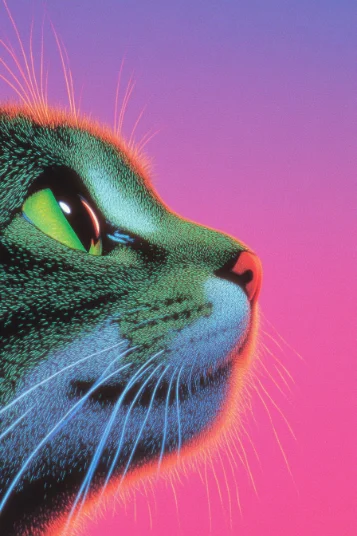
Visual composition relies on various elements to create a cohesive and engaging design. One of the key elements that play a crucial role in visual composition is rhythm. Rhythm in visual composition refers to the repetition or alternation of elements to create a sense of movement and flow within a design. Understanding the importance of rhythm can greatly enhance the effectiveness of your visual compositions.
Importance of Rhythm in Visual Composition
Rhythm is important in visual composition for several reasons:
- Creating Unity and Cohesion: By establishing a rhythm in your design, you can create a sense of unity and cohesion that ties the elements together. Consistent repetition of shapes, colors, or patterns can help establish a visual harmony that guides the viewer’s eye through the composition.
- Guiding the Viewer’s Eye: Rhythm can be used to guide the viewer’s eye through the design in a deliberate manner. By strategically placing elements with rhythmic patterns, you can create a visual path that leads the viewer from one focal point to another.
- Adding Interest and Dynamics: Incorporating rhythm into your visual compositions can add interest and dynamics to an otherwise static design. Rhythmic patterns can create a sense of movement and energy, making the design more engaging and visually appealing.
- Emphasizing Key Elements: Rhythm can be utilized to emphasize key elements within a design. By repeating certain elements or motifs, you can draw attention to specific areas of the composition and create a visual hierarchy that enhances the overall impact of the design.
Practical Examples of Rhythm in Visual Composition
To better understand the concept of rhythm in visual composition, let’s look at some practical examples:
- Grid Layouts: Grid-based layouts often rely on a rhythmic arrangement of content blocks to create a structured and organized design.
- Repeating Patterns: Using repeating patterns such as stripes or polka dots can establish a rhythmic flow within a design.
- Typography: Consistent use of font sizes, styles, and spacing can create a rhythmic pattern in text-based compositions.
- Color Schemes: Repeating color schemes or gradients can establish a visual rhythm that ties the design together.
Conclusion
In conclusion, rhythm plays a vital role in visual composition by creating unity, guiding the viewer’s eye, adding interest, and emphasizing key elements. By understanding and incorporating rhythm into your designs, you can elevate the impact and effectiveness of your visual compositions.
Q&A
Q: How can I create rhythm in a visual composition? A: You can create rhythm by repeating elements such as shapes, colors, patterns, or textures in a deliberate manner throughout the design.
Q: What is the difference between rhythm and repetition in visual composition? A: While repetition involves the repeated use of the same element, rhythm focuses on the arrangement and alternation of elements to create a sense of movement and flow.
Q: Can rhythm be used in all types of visual compositions? A: Yes, rhythm can be incorporated into various types of visual compositions, including graphic design, photography, web design, and illustration.
